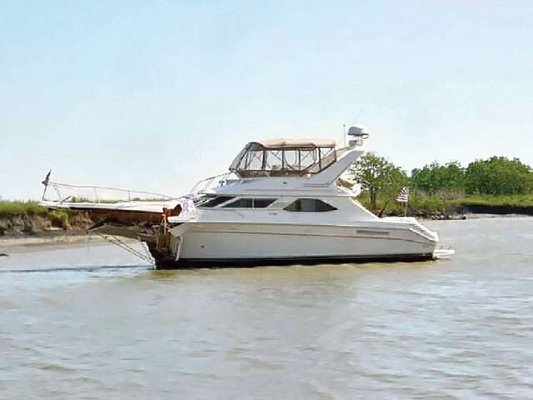Edelweiss
Guru
Here is an interesting article regarding over reliance on boat electronics:
According to reports, this boat was traveling in the ICW under autopilot when it suddenly veered and slammed into the bank. Several people were injured, but none seriously. The incident underscores the need for caution when relying on electronics in close quarters and illustrates why a human needs to be vigilant at all times.
The rest of the article is here if you're interested in reading it:
Electronically Aided Collisions - Seaworthy Archives - BoatUS
According to reports, this boat was traveling in the ICW under autopilot when it suddenly veered and slammed into the bank. Several people were injured, but none seriously. The incident underscores the need for caution when relying on electronics in close quarters and illustrates why a human needs to be vigilant at all times.
The rest of the article is here if you're interested in reading it:
Electronically Aided Collisions - Seaworthy Archives - BoatUS



